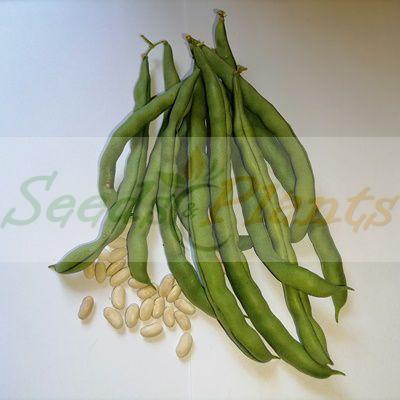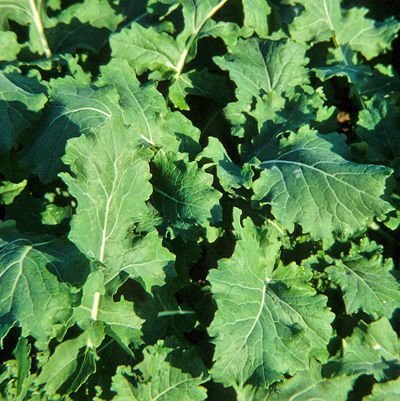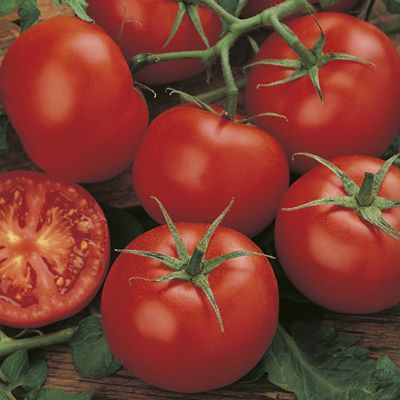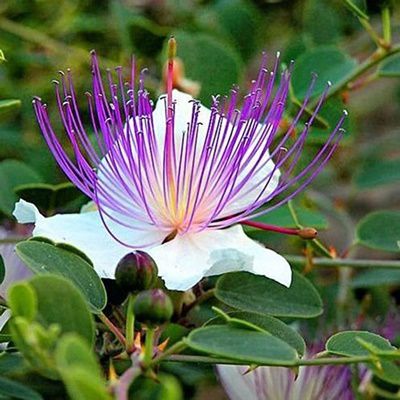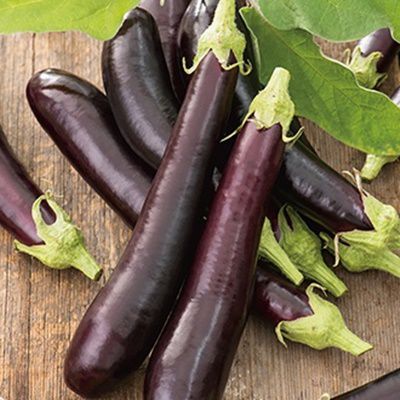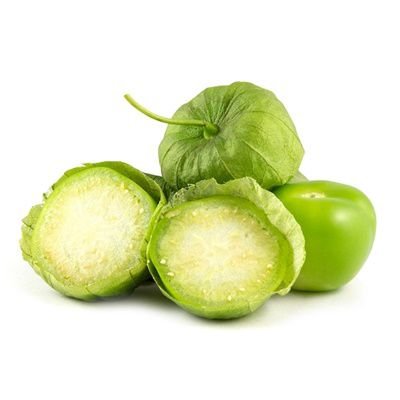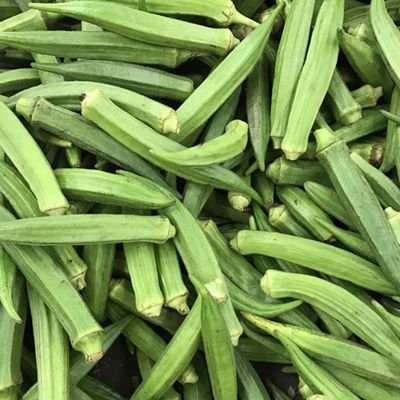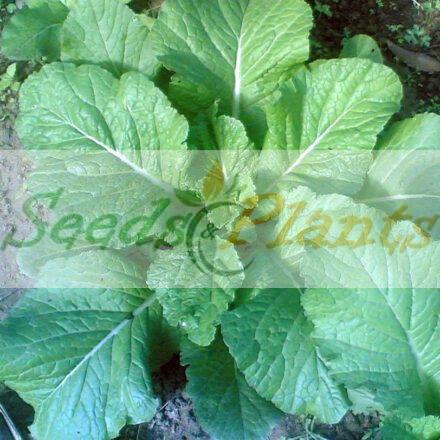🥕 Vegetable Quick Facts
English Giant Essex Rape – 200 Seeds
(Brassica napus)
R30.00
It is a traditional oil seed crop, but can also be harvested and cooked like any other garden greens.
Indoor Sowing: Early Spring and Late Summer.
Direct Sowing: Spring and Autumn.
In stock
🥕 Vegetable Quick Facts
English Giant Essex Rape is a member of the Brassica family. Rape is a traditional oil seed crop in many European countries like France, Germany, England and Poland. It is a flowering annual related to mustard, broccoli and cabbage. It is also used for fodder, for human consumption and as a cover crop and green manure in autumn and winter. Rape can be harvested and cooked like any other garden greens, they have large leaves with hardly any stem so they cook quicker.
The stem is erect with a size of approximately 1.5m. The lower leaves are characterized by serrated margins while upper leaves are heart-shaped. The flowers are small, yellow and grouped in terminal clusters. It generally flowers in late spring with the process of pod development and ripening occurring over a period of 6–8 weeks until midsummer.
Growing English Giant Essex Rape
Indoor Sowing: Early Spring and Late Summer.
Direct Sowing: Spring and Autumn.
- Rape can be grown on a wide variety of well-drained soils, and prefers a pH between 5.5 and 8.3.
- In rape growing, nitrogen is a very important nutrient and it is even considered to be the basis of its production yield.
- They are cool weather crops, so growing rape in the spring or autumn is preferable.
- Plant in full sun, with at least 6 hours of sun per day.
- Direct Sow seeds 2 – 3 cm deep in rows, and with a row spacing of 20 to 45 centimeters apart.
- Seedlings should be thinned to 10 – 15cm apart.
- Water rape seed immediately after planting and once a month during the growing season to keep the soil moist.
Disclaimer
Medicinal Information:
All medicinal information on this website is for educational and informational purposes only and may not be construed as medical advice. The information is not intended to replace medical advice or treatment offered by healthcare professionals.
Seeds, Plants, Plant Cuttings, Geophytes and Dried Herbs:
In some countries and provinces, certain plants are deemed as invasive and are not allowed to be planted at all, whilst some plants are allowed to be grown only in certain areas or provinces. The onus is on you as the buyer to familiarize yourself with the regulations pertaining to your location, before purchasing any of our seeds, plants, plant cuttings, geophytes or dried herbs. We will not be held liable, should you purchase any seeds, plants, plant cuttings, geophytes or dried herbs. from us which are prohibited in your country or province.


